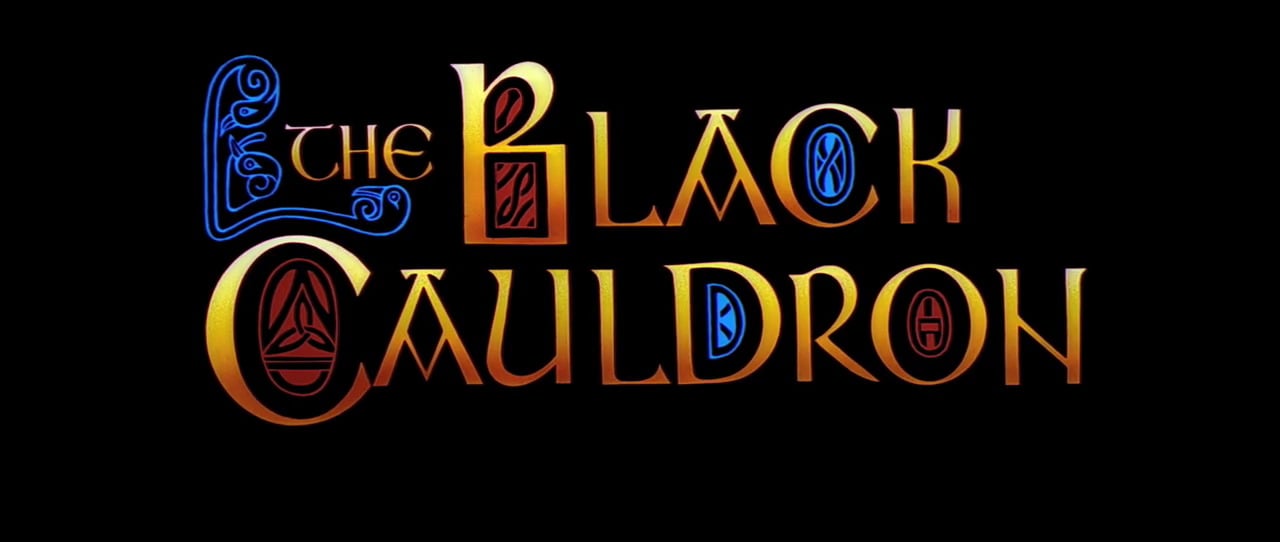
Every so often, a company makes a bold, daring, unorthodox, out-of-the-normal-comfort-zone type of move, and it usually either pays off big for them or sends things crashing down in flames. In the 1960s, Disney was flying high, enjoying a run of success with their animated films that stretched, at that time, three decades long; hits like ‘The Jungle Book,’ ‘101 Dalmatians,’ and ‘Sleeping Beauty’ had the company feeling they could do no wrong. Then the 1970s came around, and the House of Mouse started to falter with their cartooned family-friendly films: ‘The Aristocats,’ ‘Robin Hood,’ and ‘The Rescuers’ were all successive films that were enjoyable enough, but mostly didn’t land anywhere near the financial and critical successes that their predecessors had. Execs started to panic a bit, and the decision to try something new and different was officially made: Disney’s first-ever not-totally-family-friendly animated film, their first cartoon movie to ever earn a PG rating (and might have even been PG-13 if not for last-minute edits), ‘The Black Cauldron,’ got the green-light.
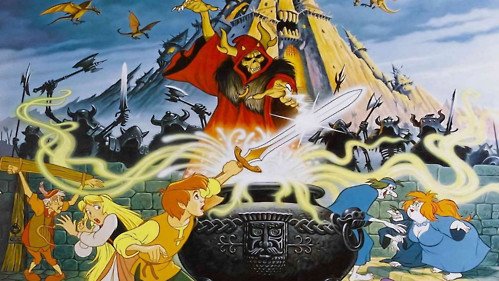
Loosely based on the first two books in the ‘Chronicles of Prydain’ series by author Lloyd Alexander, ‘The Black Cauldron’ tells the tale of Taran, a young pig-keeper from the land of Prydain who yearns to do something more with his life than simply working for his guardian, old Dallben. One day while tending one of Dallben’s favorite pigs, Hen Wen, Taran accidentally discovers that she is actually a pig with magic powers; upon Dallben explaining and demonstrating Hen Wen’s full abilities, the duo discover that the evil Horned King that rules Prydain is in search of The Black Cauldron, a mythical instrument with untold dark magic powers – and Hen Wen could be used to discover its location. Dallben sends Taran off with Hen Wen to hide and protect the pig, and what follows is an adventure filled with fantastical elements, including two giant iron-clawed gwythaints (dragons), a young Princess named Eilonwy and her magical bauble, tiny fairies and a trio of evil witches, an enchanted sword, and the diabolical Horned King attempting to raise an army of undead soldiers to do his bidding. Definitely not your average story fodder for a six-year-old!
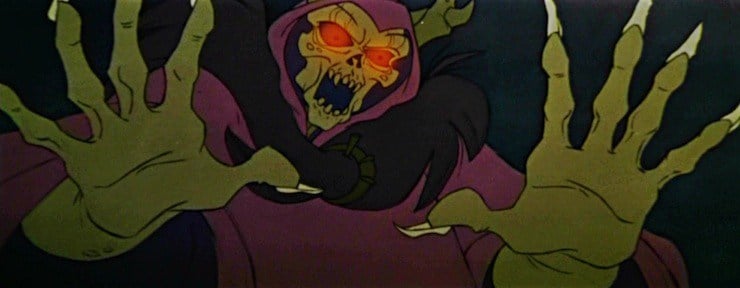
The biggest failure of ‘The Black Cauldron’ may have been that it simply came too soon in Disney’s timeline as an ever-evolving company. The film did not perform well in theaters; released in the summer of 1985, it grossed less than $22 million domestically, and with a reported budget of anywhere between $25-$45 million (the latter number making it the most expensive animated film ever at the time), the movie was a definite loss for the company and put the future of the animation department in jeopardy. Disney was so embarrassed by the film that they didn’t even produce it on home video until 1998, 13 years after its theatrical run. If anything, the release and subsequent poor performance of ‘The Black Cauldron’ in theaters may have paved the way for Disney’s new “golden age” of family-friendly fare; likely extremely gun-shy about straying too far from the tried-and-true formula of family fun, the movies put into production and released afterwards were, in order, ‘The Little Mermaid,’ ‘The Rescuers Down Under,’ ‘Beauty and the Beast,’ ‘Aladdin,’ ‘The Lion King,’ and ‘Pocahontas.’ The dominance of Disney Princesses began in earnest after ‘The Black Cauldron’ flopped (only ‘Snow White,’ ‘Cinderella,’ and ‘Sleeping Beauty’ preceded the film) – it’s probably no coincidence that Eilonwy, the sweet-yet-headstrong little princess from Prydain, is never included in the Disney Princess lineup.
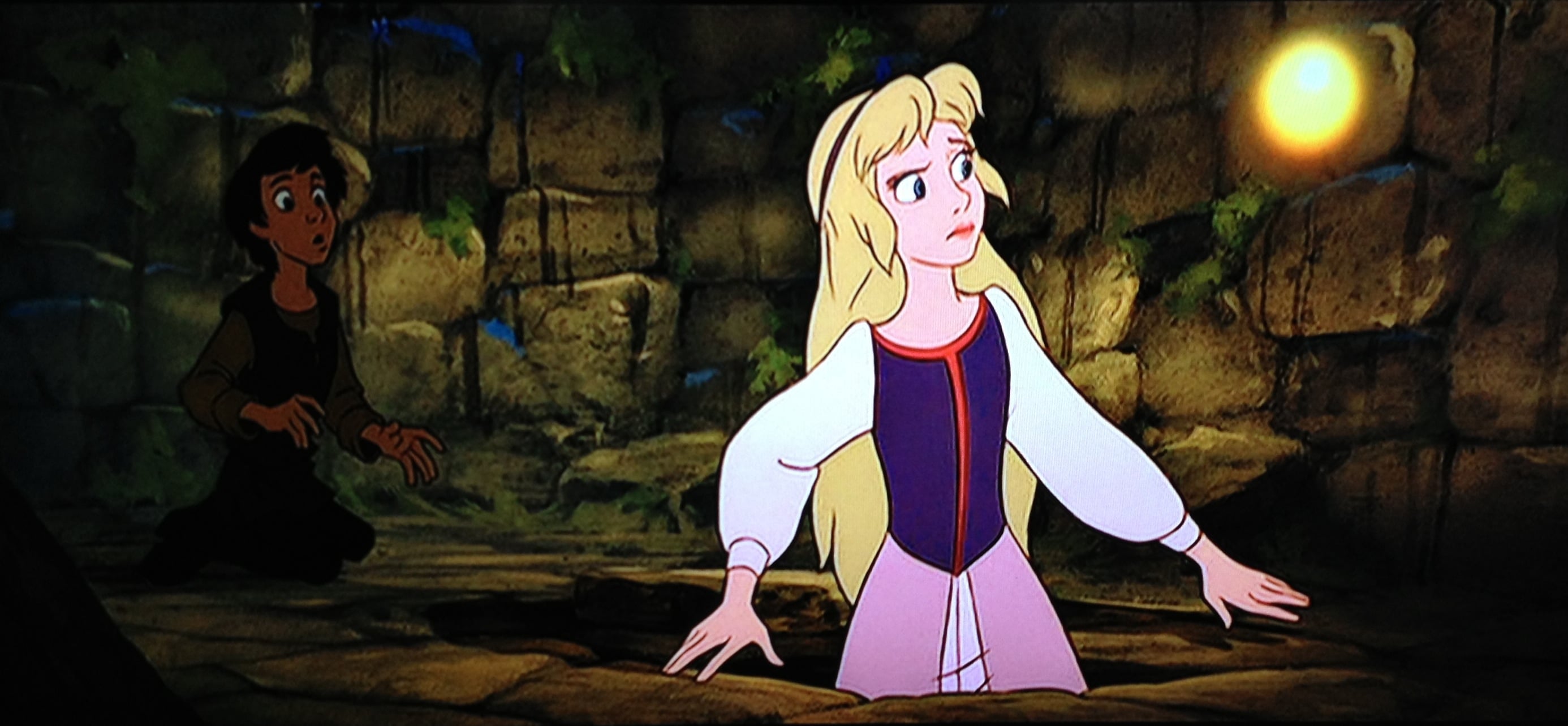
As with most misunderstood things that come “before their time,” however, ‘The Black Cauldron’ actually did a lot for Disney in the long-term of their future. By becoming the company’s first-ever animated film to receive anything other than a “G” rating, Disney proved that it could happen and no major backlash or protests from parents would occur. ‘The Black Cauldron’ holds the distinction of being the first film in the company that used computer-generated graphics, a process that, as we all know, has now become the norm instead of the exception. It was also Disney’s first animated feature film to feature visual effects provided by Jim Henson’s Creature Shop. In addition, ‘The Black Cauldron’ was the first credited work for a very special animator who, in his free time from working on ‘The Black Cauldron,’ would create sketches and plot ideas that he, Mr. Tim Burton, would eventually turn into his own full-length feature, ‘The Nightmare Before Christmas.’
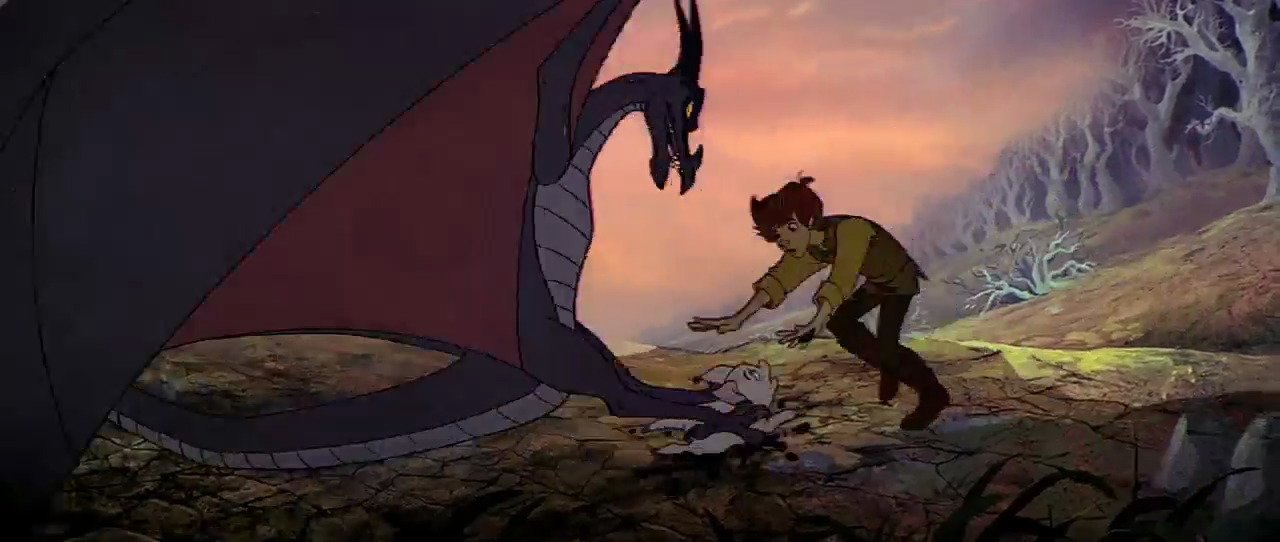
What about that almost-PG-13 rating, you ask? In its original form as it was tested to audiences shortly before its planned theatrical release, the film was much darker, with scenes involving the Horned King and his “Cauldron-Born” army of the undead that proved too intense and frightening for most children. In fact, witness reports from a screening at the studio’s private theater in Burbank, California, claim that over half the audience actually left the theater before the movie finished! The then-newly-appointed chairman of Disney, Jeffrey Katzenberg, ordered the film’s producer, Joe Hale, to re-edit; Hale objected due to the short amount of time left until the movie’s planned late-1984 release. Katzenberg took matters into his own hands, literally taking the film into an editing bay and starting to chop pieces out, until Disney CEO Michael Eisner called him and told him to stop. The film’s release date was moved from late 1984 to summer 1985, a move rarely made by Disney, and edits were done at a more “standard” pace. Twelve minutes were cut from the film. Several scenes were rewritten and re-edited for continuity’s sake, and the cuts were reportedly of the most intense pieces of the movie: a scene with the Cauldron-Born slicing people’s necks and cutting torsos, another with the Horned King’s henchmen literally dissolving due to the toxic mist emanating from the Cauldron, and even a scene showing Princess Eilonwy partly naked! Disney… what were you thinking, am I right??
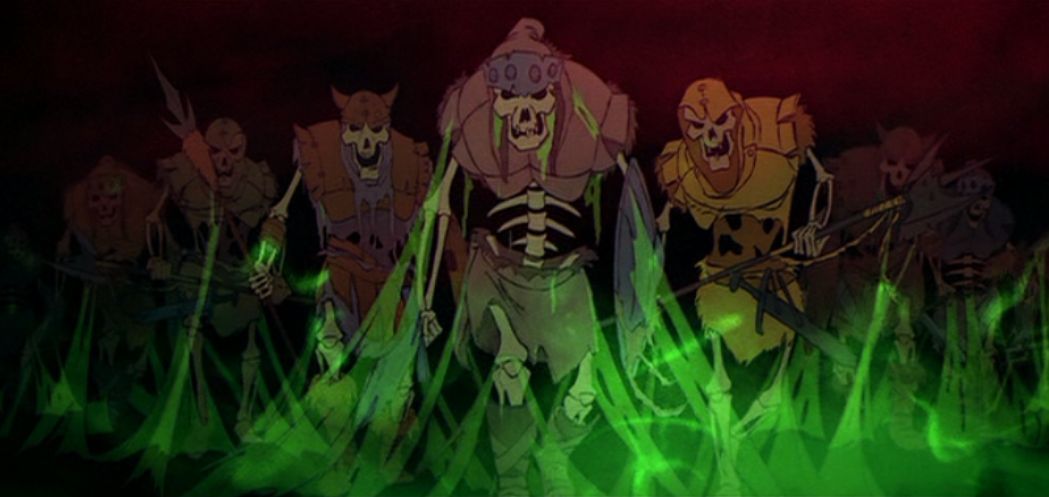
I remember watching ‘The Black Cauldron’ when I was growing up (it came out when I was 8 years old), and I thought it was great, but in retrospect I can see how potentially scarring it could have been to children of the time. More recently, my daughter started to watch the film with me starting when she was six years old, and she thinks it’s highly entertaining; she identifies the spectral Cauldron-Born skeletons as a basic form of zombie, and she wishes that Eilonwy and her magic bauble were included in her copious amount of Disney Princess toys. My wife is a huge Disney fan, and while she much prefers Winnie the Pooh and The Rescuers, she sees the potential the film had and how it could have been a much bigger success if it were released in a different era.
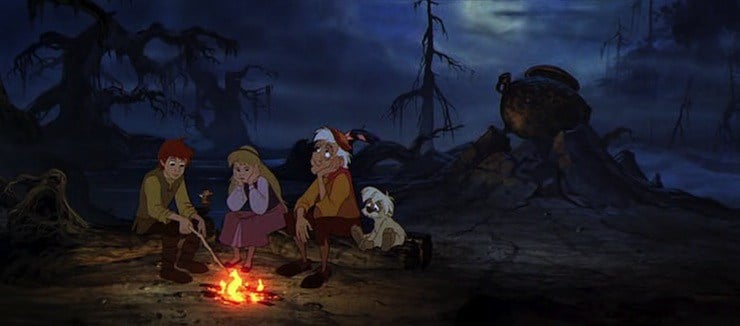
‘The Black Cauldron’ is definitely a “black sheep” of the Disney family, but that shouldn’t discourage you from watching it – if anything, it should give you all the more reason to grab a copy and see what all the fuss was about! Even though it’s hardly ever referenced in on-screen Disney lore since, every so often The House of Mouse will let a sly connection come through: in the 2005 direct-to-DVD film ‘Once Upon a Halloween,’ the Evil Queen from ‘Snow White and the Seven Dwarfs’ mixes a potion in a cauldron to conjure other Disney villains to help her “conquer Halloween.” During the mixing, the dark-colored cauldron proves to be more than your average mixing bowl, as it actually speaks to the Evil Queen, telling her about one of its former masters, The Horned King…
